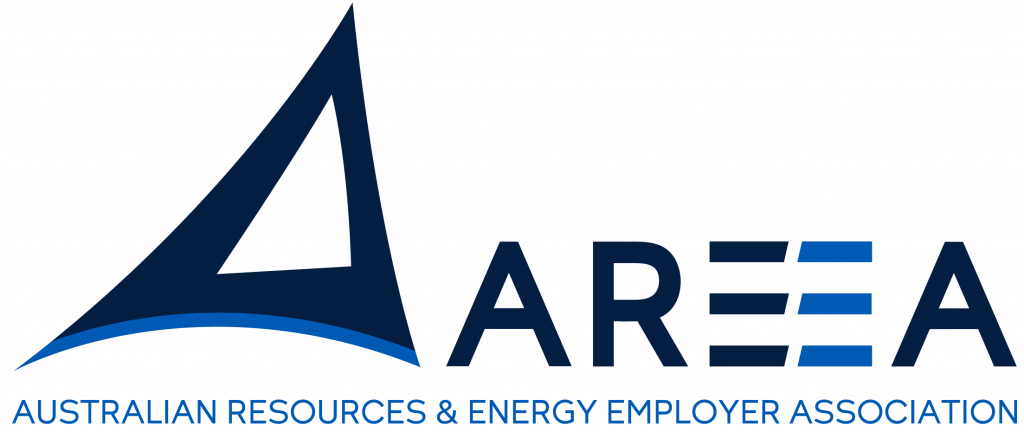
While Australian Government data released this week has forecast a positive uplift for energy and resource export earnings in 2016-2017, AREEA’s principal industry policy adviser Tristan Menalda explains the figures are damning for major project investment in the longer term.
IT is concerning to see analysis of new figures from the government’s leading commodity forecaster, the Office of the Chief Economist, continues to focus on short-term earnings from Australia’s resource exports.
While a 30 per cent increase in 2016-17 commodity earnings will indeed be positive for national incomes, the indicators for the long-term health of the Australian resource industry should alarm current and future Treasurers, resources and employment ministers.
Looking beyond the benefits of a temporary surge in commodity prices, the fact Australia’s major resources and energy pipeline has contracted by more than $54 billion in 2016, is a potentially critical blow to future government income streams.
Of particular concern:
- Only 37 major resource and energy projects were identified in 2016, compared to 53 in 2015 and 59 in 2014.
- Major resource and energy projects are stalling in the key feasibility stage (the stage in a project’s lifecycle that assesses the viability of a project and where approval is required to move a project into construction and then production). History tell us that the longer a project remains idle in the feasibility stage, the more likely it is that the project will be scrapped.
- Exploration spend has fallen to critically low levels.
- Australia’s three key commodity exports – iron ore, coal and LNG/Gas/Oil (which contribute about half of the value of all Australian exports) have deteriorating project pipelines. The ramifications of this should not be understated, as it will materialise in the form of subdued government revenue streams, fewer job opportunities as well as having a future devaluation effect on Australia’s foreign exchange rate.
- As there are on average 2.4 to 3 construction jobs from every one operational job in the mining industry, and on average 10 construction jobs for every one operational job in the hydrocarbons industry, unemployment levels in the resource industry are forecast to escalate, particularly in rural areas over at least the next five years.
Given that the current overall health of Australia’s economy is awry at best, evidenced by favourable monetary conditions associated with contracting/fragile economic growth and weak CPI levels, these aforementioned negative long-term leading indicators add significant cause to concern.
Call to arms – AREEA’s reform priorities in 2017:
To better support ongoing investment in Australia’s resource industry and the contribution our sector makes to the nation’s long-term prosperity and living standards, 2017 must be the year of transformation, progressive and smart regulatory change.
As your resource industry employer group, AREEA will drive the industry’s advocacy for this reform agenda, including:
- An internationally competitive workplace relations framework that promotes flexibility and ensures employment lies at the heart of our economic growth;
- Reductions in company tax for all businesses (no more than 25%), to boost our nation’s global competitiveness for new investment and job opportunities;
- Significant reductions in red tape and compliance burdens that must include a one-stop-shop for project approvals; and
- A regulatory environment that encourages innovation, research and development, which is driving the next wave of resources investments globally.
Additionally, it’s time Australia removed the stranglehold from environmental activist campaign groups that are risking Australian jobs, investment and the living standards of many.
Notwithstanding some of the alarming conclusions drawn from this week’s major resources and energy projects data, Australia still has a global competitive advantage in both the renewable and non-renewable energy (and supporting METS) industries.
There is simply no need for the current divisive debate that pits investment and support for renewables and non-renewables against each other, when Australia has the potential to be an international powerhouse in both.
For Australia’s economic prosperity and for the benefit of over one million people directly and indirectly employed in the Australian resource industry, it’s time to encourage resource investment back into Australia again and to provide a long overdue uplift in Australia’s major resource and energy project pipeline.
For any queries on this week’s Resources and Energy Quarterly report, contact Tristan Menalda via [email protected] or (03) 9614 4777.
A more detailed analysis of these figures will be included in the next edition of AREEA’s Resource Industry Market Outlook – due to hit members’ desks in late February.



